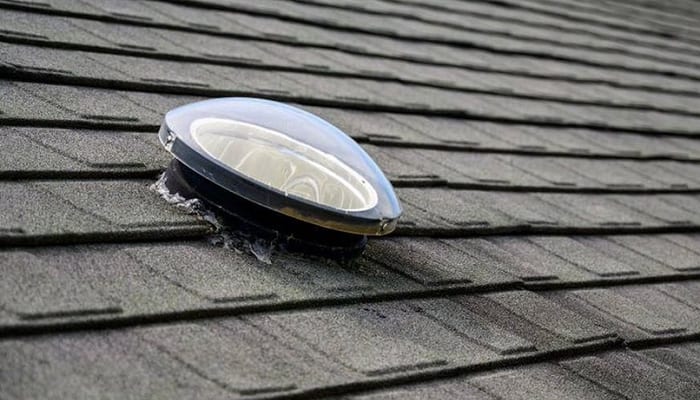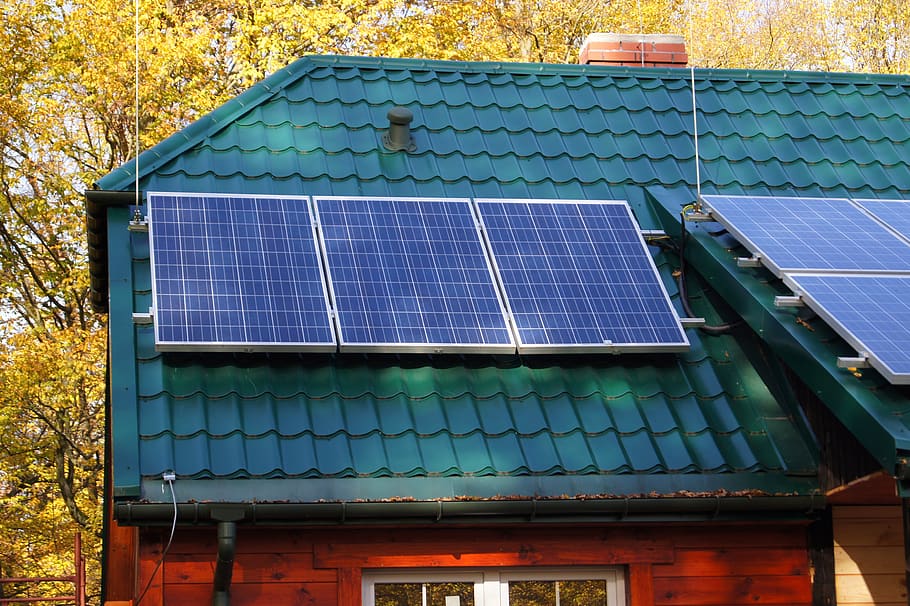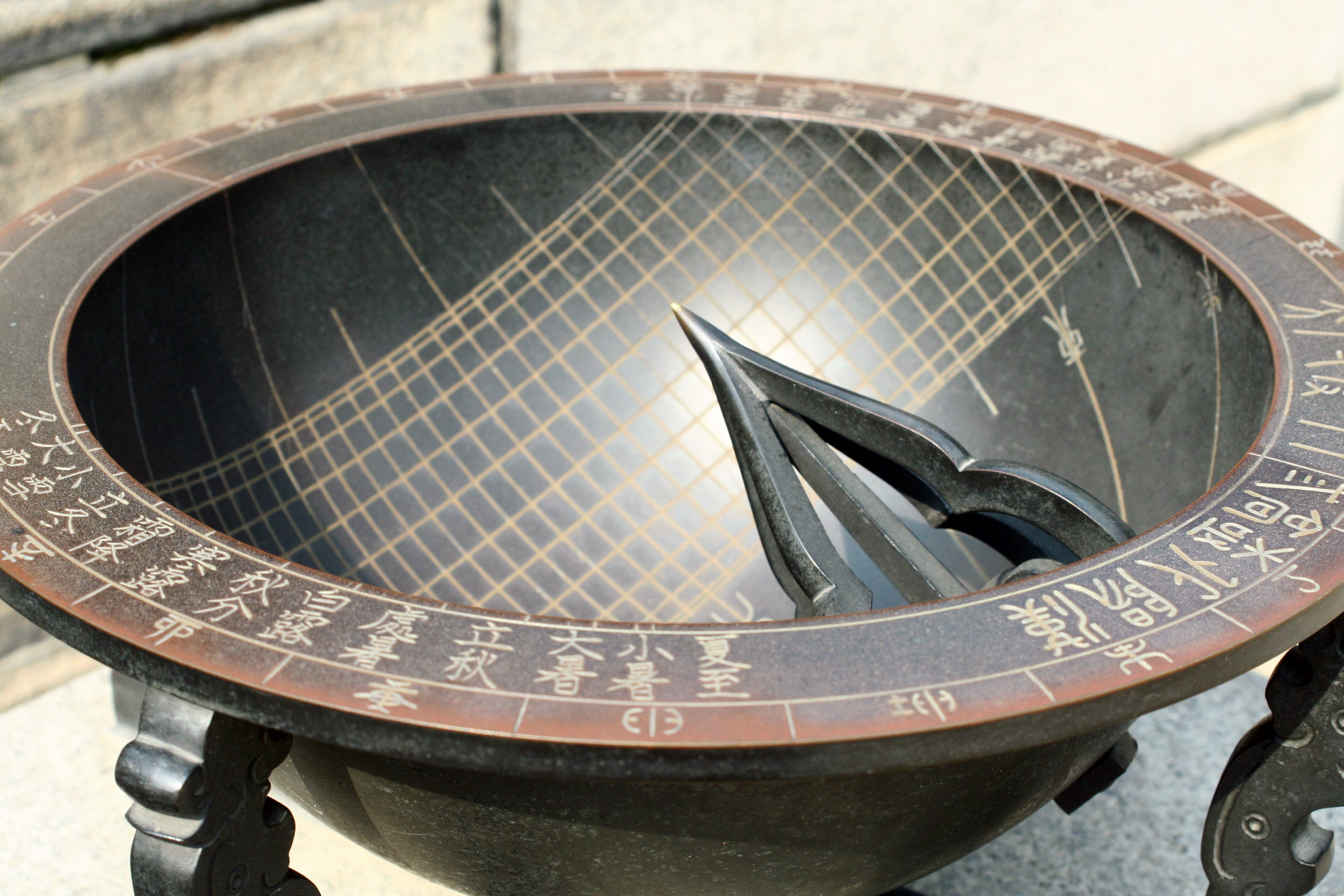Solar lighting has emerged as a popular trend nowadays as people are gradually moving towards replacing the conventional lighting system by solar lighting systems. The most important component of the solar lighting system is the batteries in solar lights. Therefore, before installing one you need to know about the technicalities. Since a wide variety of batteries are commercially available varying in types and capacities, consumers may face difficulty in choosing the right one. So here is a complete guide to help you know all the details of solar light batteries to make your decision easier.
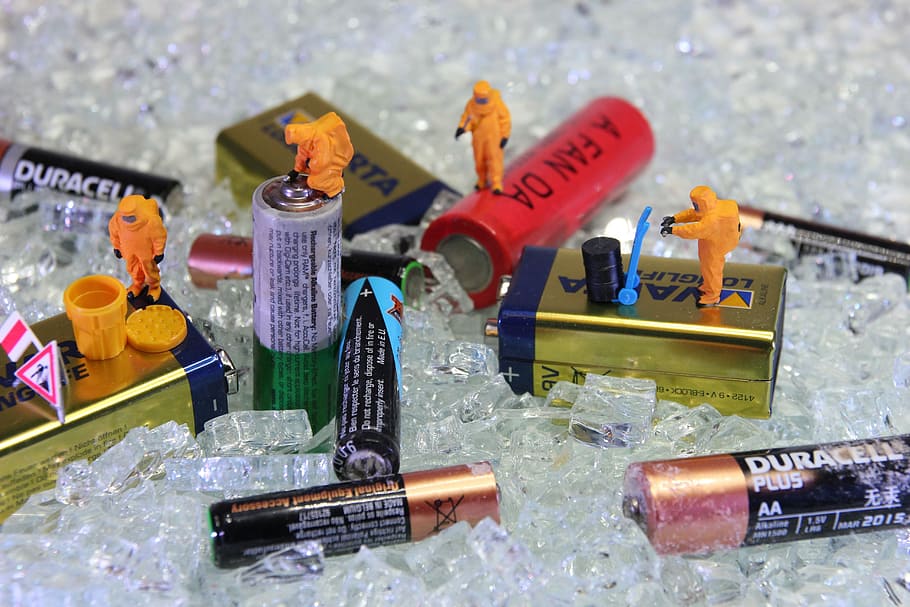
How do solar batteries work?
Solar lights mainly consist of four basic parts: LEDs, Photovoltaic cells, rechargeable batteries and charge controllers. Batteries usually have a plastic or metal casing and house two types of electrodes: anode and cathode. Chemical reactions take place at these electrodes and this process is called the photovoltaic process. Photovoltaic cells are present in all solar lights that convert solar energy into power. When exposed to sunlight negative electrons move towards the anode and positive electrons move towards the cathode. This creates an electric charge which is then transferred to batteries.
The battery’s function is to store energy so that it may be used in the long run. During the night, in the absence of solar light, power is stored in the batteries to operate the solar lights. Most batteries in solar lights are using gel electrolyte technology with high deep discharging performance so that they can withstand high temperatures too. Also, manufacturers are using lead-acid, nickel-metal halide, nickel-cadmium, and lithium in batteries.
Types of solar batteries
Batteries in solar lights can be of several types however each type has its own advantages and disadvantages. You should thoroughly research the options available and then weigh them against one another to find the best fit. Following are the types of batteries available:
Nickle Cadmium (NiCd) Batteries
These batteries gained popularity in the 1990s and were considered as one of the best rechargeable batteries. Their size is similar to that to alkaline batteries which is why they were more preferred choice by consumers. A major advantage of such batteries as compared to alkaline batteries is that they do not suffer from voltage fluctuations. Their voltage does not decrease until they get discharged, however, with alkaline batteries, as they keep in discharging their voltage also decreases to as low as 0.9 volts. The average life span of NiCd batteries is one to two years and it is essential to replace batteries in solar lights annually.

Nickel Metal Hydride (NiMH)
On the basis of popularity, NiMH batteries have surpassed the NiCd batteries as they have become the number one choice for batteries in solar lights. These batteries were made in the 1960s however, they were commercially available in late 1980s. they have several advantages such low cost, can hold a greater charge and can be easily disposed of without having adverse impacts on the environment. These batteries are also convenient size-wise, as they have similar size available in alkaline batteries.
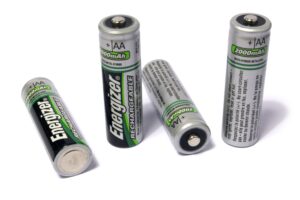
Ion (Li-ion) Batteries
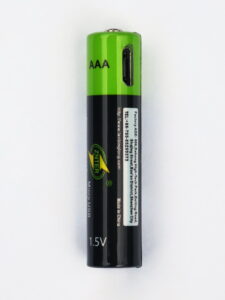
The idea of Lithium-ion batteries was conceived in the mid-1980s, however, they were introduced commercially in the 1990s. Li-ion batteries are being used extensively even today in smartphones, laptops and tablets as a source of power. Li-ion batteries come in various kinds of shapes and sizes. There are various brands that are manufacturing rechargeable batteries too. These batteries are better than NiMH batteries since their recharge time is 50% less. However, they are costly and have problems overheating and in some cases, they have caught fire too.
Reasons why solar lights are not providing optimal performance

Here are five main reasons why your solar lights are not performing well
- Regular charging: make sure you charge your batteries regularly, after every three months at least. This will help the battery to stay in good shape and will have a longer lifespan.
- Replacement of batteries: when you buy your solar lights, they are mostly equipped with rechargeable batteries. However, their performance might decline over time which is visible in form of diminishing brightness indicating that there is a need to replace the batteries.
- Improper charging: you need to clean the solar panels regularly so that they give optimum performance. Accumulation of dust and other residues can affect the charging process. These residues form a layer that acts as a barrier to sunlight.
- Location: it is important that you do not keep the solar lights in the shade since it can affect the charging process. For adequate charging of batteries, place them under direct solar light for at least four hours each day.
- Storage: make sure while storing your solar lights run for a longer period of time to remove the batteries.
Tips for replacing the batteries
- Place your solar light in a clean and dry environment.
- Unscrew the solar light from the top since in most lights the battery and solar panel are placed above the bulb in the top sections. There can be screwless lights too, just rotate the top in anticlockwise motion to open.
- Before touching the batteries, make sure the light is off.
- Remove the batteries and replace them with a similar type.
- Switch on the lights to check the replaced batteries.
- If the light does not switch on, it can be a result of drained batteries. Charge them by keeping them in sunlight for some time and check again.
Top 3 picks for solar batteries
1. GEILIENERGY AA NiCd Batteries

These batteries have identified as safe and reliable and can easily replace the drained batteries in solar lights. They are convenient to use and install. For optimum charging, keep them in direct sunlight. Their charging time is about 5 to 6 hours with recharging ability of uptp 1000 cycles.. Furthermore, their life cycle is long with high capacity and self-discharging time is very less. A single pack contains eight pieces and can be used in other electronic devices. Overall, these batteries are user-friendly, environmentally safe, and cheap, and can undoubtedly satisfy your requirements.
2. BONAI AA Rechargeable Batteries

Another safe and reliable option is the BONAI rechargeable batteries which are easily recyclable. These batteries do not contain any Mercury, cadmium, and Lead making them safe for the environment. Their recharging cycle is up to 1200 cycles having a long-time span which makes them economically feasible as you do not need to replace your batteries frequently. They guarantee you high performance and are able to retain 80% of their charge even if they were not in use for a maximum period of three years. These batteries able to perform well and maintain well in low temperatures. They are commercially available in a pack of 16 AA batteries and come with a one-year warranty and a thirty-day money-back return policy.
3. Tenergy Solla Solar Battery

These batteries are one of the best rechargeable batteries available in the market employing Solar Pro Technology. These batteries are having leak protection which is due to over-charging and they do not become dead easily for over-discharging. Tenergy has experience in solar lighting applications for over 15 years, providing guaranteed performance. These batteries have an ultra-long battery life of about 4 to 5 years as compared to other standard batteries and can be recharged up to 2000 cycles. Therefore, there is no requirement of replacing the batteries after every year or two. It has a high capacity of 1000 mAH and can store solar power in abundance. Usually, they come in a pack containing either 12 or 24 batteries and are already charged. You can use them directly, making them extremely convenient. Tenergy Solar batteries are a clean, durable and reliable option and you should try out definitely.
Conclusion
Most people do not have the right knowledge about the batteries in solar lights and might just use an old battery for these solar lights. We have tried to answer all your queries regarding the different types of batteries available, their advantages and disadvantages. You can now choose easily what kind of battery fits your requirements. Although solar light batteries can be expensive, they are surely a good form of investment. So do not worry about the cost, they will cover them in the long run.

